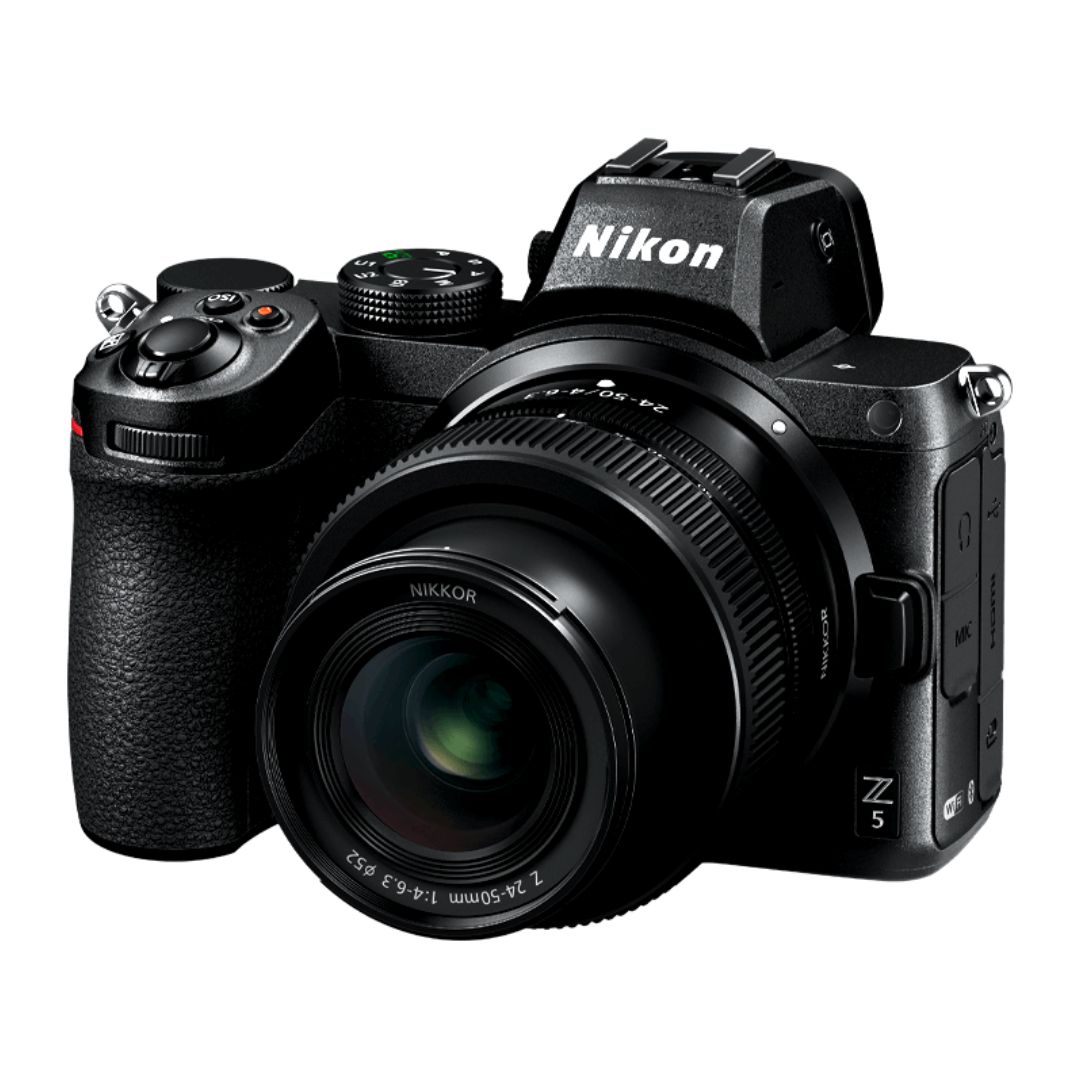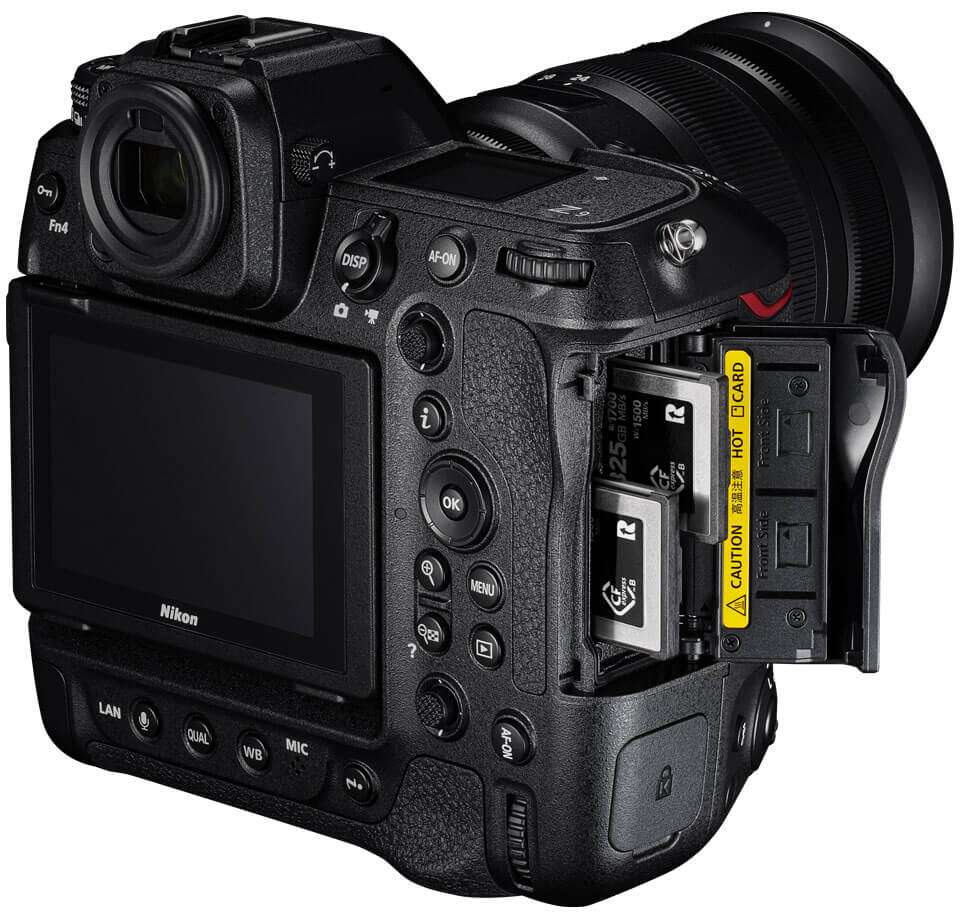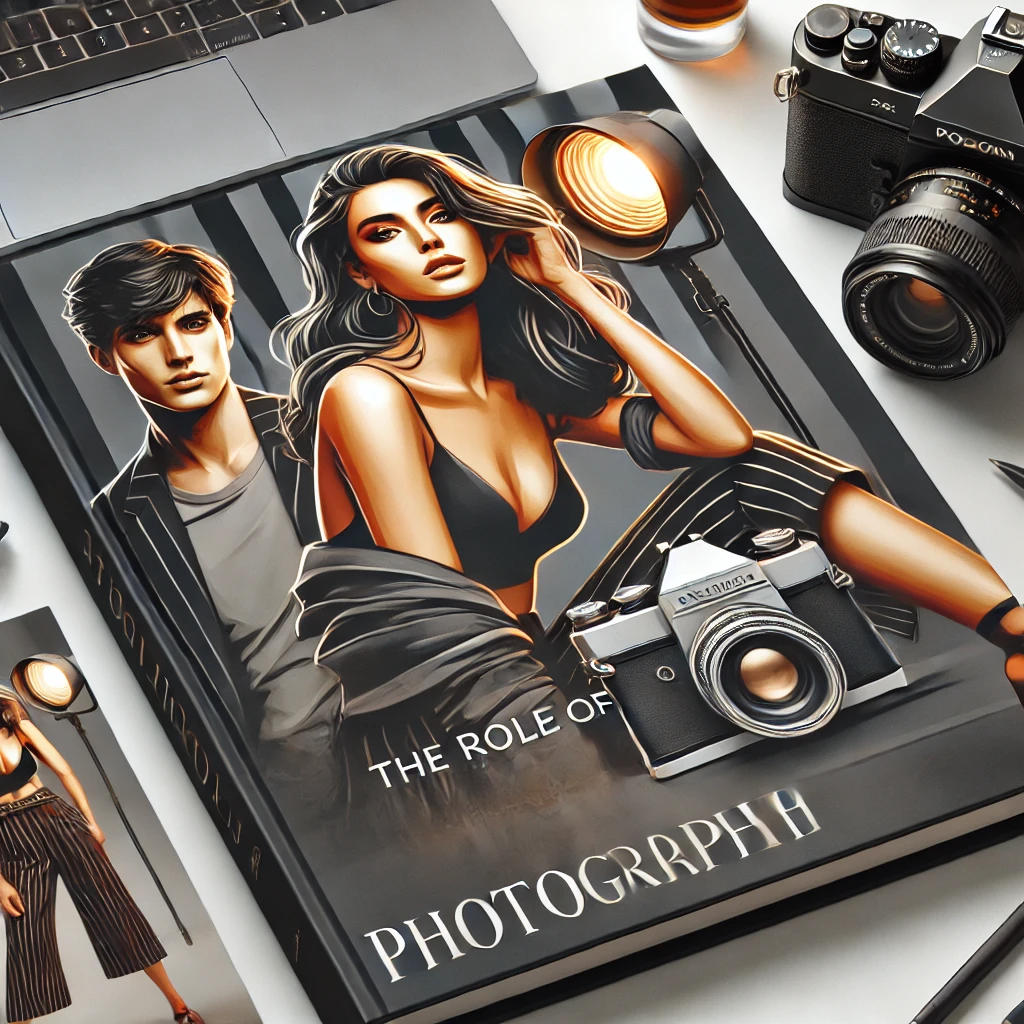Portfolio photography is the foundation of success in the modeling and fashion industry. It serves as a visual resume, demonstrating a model’s versatility, expertise, and appeal. A well-crafted portfolio can mean the difference between landing prestigious contracts and being overlooked. In this extensive guide, we’ll explore the role of portfolio photography, discussing its impact, best practices, and how professionals can leverage it for career growth.
1. What is Portfolio Photography?
Definition and Purpose
Portfolio photography refers to a curated collection of images showcasing a model’s potential, adaptability, and marketability. It highlights essential aspects such as:
- Expressions
- Posing techniques
- Styling versatility
- Camera presence
Why It Matters in Fashion and Modeling
- Helps agencies assess talent effectively.
- Enables designers to visualize models in their creations.
- Assists in building an engaging personal brand.
2. The Importance of Portfolio Photography in Career Development
Establishing a Professional Identity
- Serves as a first impression for industry decision-makers.
- Helps differentiate models in a highly competitive industry.
Increasing Visibility and Marketability
- Enhances online presence on social media and model directories.
- Attracts collaborations with photographers, brands, and stylists.
3. Key Elements of an Effective Modeling Portfolio
Versatility in Looks and Styles
- Showcases different outfits, themes, and aesthetics.
- Demonstrates adaptability to various fashion genres.
High-Quality Imagery
- Prioritizes professional photography over casual snapshots.
- Ensures optimal lighting, framing, and post-processing.
Well-Balanced Composition
- Maintains a mix of headshots, full-body shots, and editorial-style images.
- Includes a combination of studio and outdoor shoots.
4. How Portfolio Photography Impacts Fashion Brands and Agencies
Selecting the Right Talent
- Agencies rely on portfolios to assess a model’s potential.
- Helps brands visualize their products with the right face.
Strengthening Brand Identity
- Enables designers to match models with their aesthetic vision.
- Creates consistency in marketing campaigns.
5. Best Practices for Creating a Strong Modeling Portfolio
Hiring Professional Photographers
- Invest in skilled photographers with industry experience.
- Work with stylists, makeup artists, and retouchers for a polished look.
Keeping the Portfolio Updated
- Regularly refresh images to reflect current trends.
- Remove outdated or less impactful photos.
Customizing for Different Audiences
- Tailor the portfolio for specific markets, such as commercial, editorial, or runway modeling.
- Adjust content based on the intended agencies or brands.
6. Common Mistakes to Avoid in Portfolio Photography
Lack of Diversity in Poses and Expressions
- Avoid repetitive angles and expressions that limit versatility.
Over-Reliance on Filters and Heavy Editing
- Maintain authenticity and avoid excessive retouching that distorts features.
Using Low-Quality or Amateur Shots
- Ensure every image meets high professional standards.
7. The Future of Portfolio Photography in the Digital Age
Evolution with Social Media
- Platforms like Instagram and TikTok influence modeling opportunities.
- Digital portfolios offer instant accessibility for agencies and brands.
Incorporating Video and 3D Elements
- Short video clips showcase movement and personality.
- 3D imaging provides interactive portfolio experiences.
Conclusion
Portfolio photography is an indispensable tool in the modeling and fashion industry. It shapes careers, influences brand decisions, and enhances professional credibility. By investing in high-quality portfolio photography, models can amplify their visibility, establish a compelling brand identity, and secure prestigious opportunities.

Sony Alpha a7 IV: The Ultimate Camera for Photography

Nikon Z5 Review: Is It Worth It?
-

Nikon Z9 : Game-Changer for Photography
-

Top Features of Nikon D850 That Make It Ideal for Portfolio Shoots
Sony Alpha a7 IV: The Ultimate Camera for Photography
Explore the Sony Alpha a7 IV in this complete 2025 review. Learn how its pro-level features, real-world performance, and hybrid flexibility make it the ultimate camera for photography across genres like portraits, weddings, travel, and commercial work. Table of Contents Section 1: Introduction – Why the Sony Alpha a7 IV Stands Out The Sony Alpha…
Nikon Z5 Review: Is It Worth It?
In 2025, photographers—whether hobbyists, content creators, or professionals—seek equipment that blends value, performance, and future-readiness. Enter the Nikon Z5, a full-frame mirrorless camera marketed as a gateway to high-end imaging without a flagship price tag. But how well does it hold up under real-world demands like studio shoots, weddings, landscape adventures, and lifestyle photography? In…
Nikon Z9 : Game-Changer for Photography
Discover why the Nikon Z9 is considered a true game-changer for photography. This in-depth Nikon Z9 review explores key features, real-world performance, and how it excels in professional photo shoots in 2025. Table of Contents 1. Introduction The photography world witnessed a significant shift with the launch of the Nikon Z9, a flagship mirrorless camera…
Top Features of Nikon D850 That Make It Ideal for Portfolio Shoots
Discover why the Nikon D850 is the ultimate DSLR for portfolio shoots. Explore its top features—from resolution and dynamic range to autofocus precision and workflow speed—that help photographers create stunning, high-impact images for professional portfolios. Whether you’re a portrait artist, fashion photographer, or visual storyteller, a portfolio shoot demands technical excellence, creative flexibility, and uncompromised…
Candid Moments with Canon EOS R10: Lightweight & Reliable
In the evolving world of mirrorless photography, the Canon EOS R10 stands out as a lightweight yet powerful camera tailored for real-life storytelling. Whether you’re photographing street scenes, family gatherings, weddings, or spontaneous portraits, capturing genuine emotion requires a responsive and discreet tool. This article dives deep into how the Canon EOS R10 excels in…
Bold Portraits with Canon EOS R5: Is It the Best for Work?
Studio photography has always demanded precision, artistry, and impeccable gear. As the expectations for commercial portraits, fashion campaigns, and editorial work continue to rise, the tools we use must evolve. Enter the Canon EOS R5, a camera that has stirred the professional waters with its impressive technical specs and forward-thinking design. In this comprehensive Canon…


